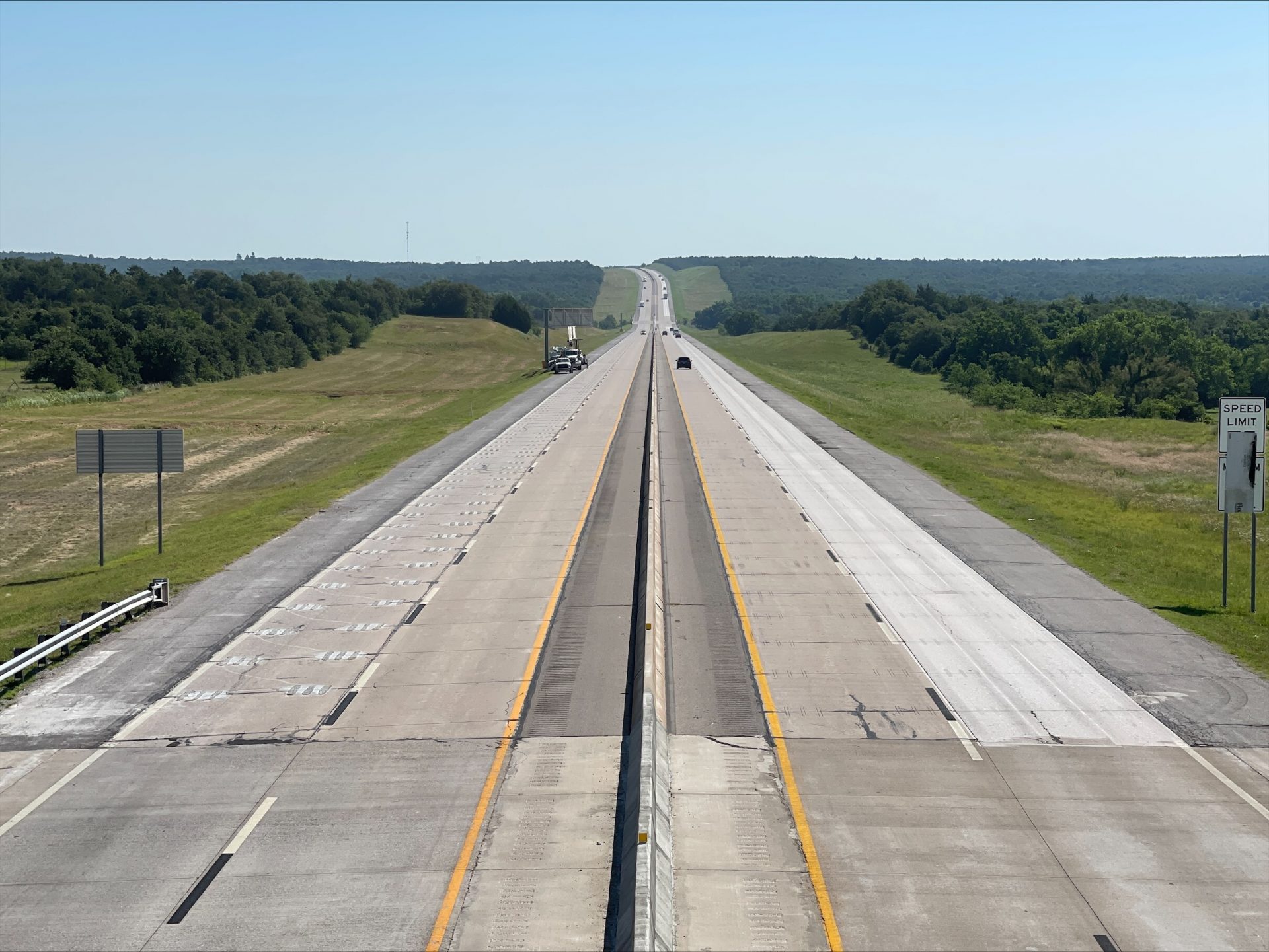
Oklahoma Turnpike Authority: ‘We have to upcharge significantly for license plate tolling’
-
Beth Wallis
Drivers on Oklahoma turnpikes may have noticed a price hike in tolls after the rollout of the state’s new PlatePay cashless tolling system.
Oklahoma’s Secretary of Transportation Tim Gatz — who also serves as the executive director of the Oklahoma Turnpike Authority — said at a Tuesday senate interim study the increase is to make up for the new system’s collection inefficiencies and billing costs.
“When you look at [collection] failure rates, they’re going to usually be around 50%,” Gatz said. “I think ours will be better than that.”
Other states using cashless tolling have seen significant problems with trying to collect tolls billed to drivers. In Pennsylvania, the turnpike authority reported a loss of $155 million — up from $104 million the previous year — in uncollected tolls for the last fiscal year. Nearly 35% of drivers who receive a toll bill in Pennsylvania never pay it.
According to a spokesperson for the Oklahoma Turnpike Authority, Oklahoma’s collection rate for cashless tolls is around 60%. Gatz said the agency is paying attention to the “lessons learned” by other cashless tolling states. Part of mitigating loss, he said, is increasing tolls.
“We have to upcharge significantly for license plate tolling,” Gatz said. “We don’t like to do that, but that’s part of the business model that it brings to you.”
Drivers without a PikePass have likely noticed the uptick in charges. For example, drivers without a PikePass used to pay $6.95 to drive the length of the H.E. Bailey Turnpike. Now, those same drivers are paying $12.20 with PlatePay. On the Kilpatrick Turnpike, PlatePay drivers pay more than seven times the toll at some exits than PikePass drivers.
The increased ‘cost to collect’ with PlatePay also includes postage, with stamps currently running $0.58 each. OTA’s spokesperson said the uncollected tolls from PlatePay — which make up about 40% of these tolls — come from issues with tag registration, vehicles without tags and drivers not paying their PlatePay bills.
But a license plate reading system will likely not be the state’s last word on toll collection. Gatz said the agency is looking into other technologies like mobile apps, and an OTA spokesperson said the PlatePay system will work until the state converts into something more efficient like a road user charge or built-in transponders in new vehicles.
“The thing we cannot do is think that the cashless tolling system that we have in place now — that’s a license plate read — is going to serve us for all of the future, because it will not,” Gatz said. “We’re going to have to rely on advancing technologies to help us with managing the toll network.”
The spokesperson said the OTA spent $9.6 million to convert toll booths to cashless systems on the H.E. Bailey, Kickapoo, Chickasaw and Kilpatrick turnpikes. But, they note the cost of modernizing three existing cash toll plazas a few years ago — which included building office spaces for toll workers with water, heat, air and bathrooms — was $44 million. The agency said operating costs for cashless systems are also lower than cash systems.
The squeeze at the tolls may not just be for PlatePay drivers, though. Amy Cerato, a civil engineering professor at the University of Oklahoma and prominent figure in the anti-turnpike movement Pike Off OTA, found through an Open Records request the OTA may be planning hikes for PikePass users as well.
The chart shows a 10% toll increase in 2023 at the Turner Turnpike — the route that links Tulsa to Oklahoma City and is the most frequently used branch of the OTA’s turnpike network. From there, the chart shows gradual 6% increases until 2045, where the projected toll is set to reach $9.40. In a statement to News9, an OTA spokesperson said the agency can neither confirm nor deny the information.
“In the context of a 15-year, long range plan and the $5 billion of improvements associated [with the ACCESS Oklahoma Turnpike project], some level of toll increases will be necessary,” the statement read. “… The referenced ‘assumption’ [chart] is a draft and was prepared for very high-level planning purposes. The reference to the Turner Toll Rate is illustrative, and rate increases are normally network wide.”
The statement notes Oklahoma’s tolls remain below the national average.
“We have to continue to explore other opportunities and other ways to more cost effectively pay those tolls,” Gatz said. “And we will not rest until we complete that.”
